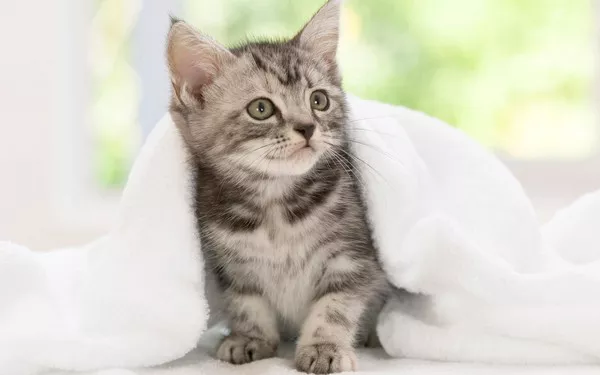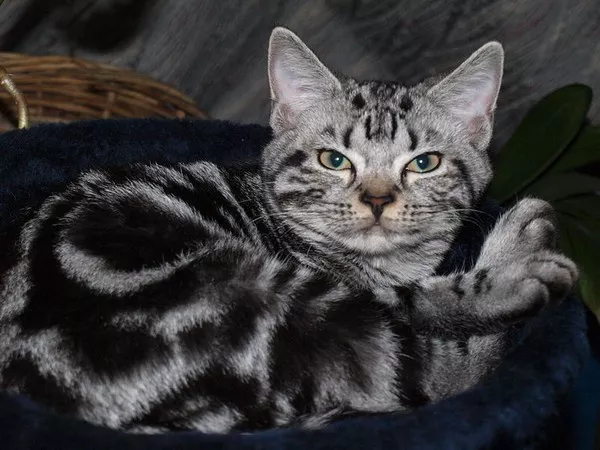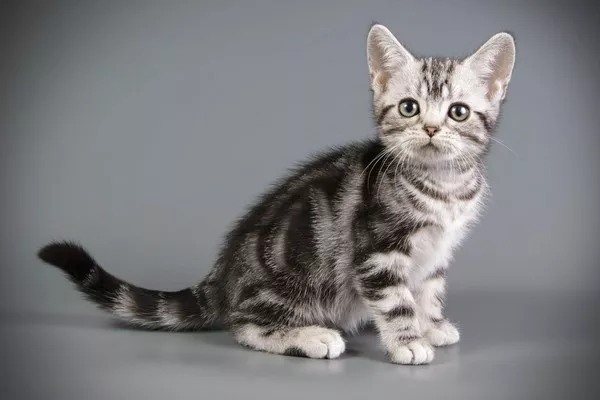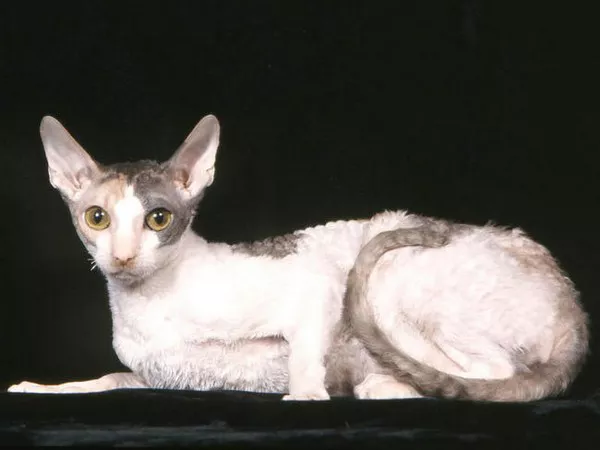The American Shorthair cat is a popular breed known for its friendly and adaptable nature. While they can be relatively independent, it’s essential to understand their needs when it comes to being left alone. This article explores various factors that determine how long you can leave an American Shorthair alone, including their temperament, daily needs, and potential solutions for keeping them happy and healthy during your absence.
Understanding the American Shorthair Temperament
Breed Characteristics
The American Shorthair is renowned for its calm and easygoing temperament. These cats are often described as affectionate, gentle, and playful. They are well-suited to families and individuals alike and typically get along well with children and other pets.
Independence and Social Needs
While American Shorthairs are more independent than some other breeds, they still have social needs. They enjoy human interaction and can become attached to their owners. However, they do not typically demand constant attention, making them suitable for people who may have busy schedules.
Daily Needs of an American Shorthair
Nutrition and Feeding
American Shorthairs require a balanced diet to maintain their health. It’s important to provide them with high-quality cat food that meets their nutritional needs. When planning to leave your cat alone, ensure they have access to enough food and water to last throughout your absence. Automatic feeders and water fountains can be helpful in maintaining a consistent feeding schedule.
Exercise and Enrichment
Despite their relaxed demeanor, American Shorthairs need regular exercise to stay healthy and prevent obesity. They are playful and enjoy activities that stimulate their natural hunting instincts. When left alone for extended periods, it’s crucial to provide them with toys and other enrichment activities to keep them engaged.
Litter Box Maintenance
Cleanliness is vital for a cat’s health and well-being. Ensure that the litter box is clean before you leave, and consider providing an additional box if you plan to be away for more than a day. Self-cleaning litter boxes can also be a practical solution for maintaining hygiene in your absence.
Grooming
American Shorthairs have short, dense coats that require minimal grooming. Regular brushing helps reduce shedding and hairballs. Before leaving your cat alone, a thorough grooming session can help minimize any grooming needs during your absence.
Factors Influencing How Long You Can Leave an American Shorthair Alone
Age
Kittens: Kittens require more attention and care than adult cats. They need frequent feeding, socialization, and supervision. Leaving a kitten alone for extended periods is not advisable, as they can become anxious and may not have developed proper litter box habits.
Adults: Adult American Shorthairs are more self-sufficient and can handle being alone for longer periods, typically up to 24-48 hours, provided their basic needs are met.
Seniors: Senior cats may have special health requirements and could need more frequent care. It’s essential to consider any age-related conditions when determining how long to leave them alone.
Health Status
A healthy cat can generally be left alone for longer periods than one with health issues. If your American Shorthair has a medical condition, such as diabetes or kidney disease, it may require more frequent monitoring and care.
Personality and Temperament
Individual personality plays a significant role in how well a cat copes with being alone. Some American Shorthairs may be more independent and content to spend time alone, while others might be more social and prefer companionship. Observing your cat’s behavior can help determine their tolerance for solitude.
Environmental Factors
The environment you provide for your cat can impact how well they handle being alone. A stimulating environment with plenty of toys, scratching posts, and comfortable resting spots can help keep your cat occupied and reduce feelings of loneliness.
Preparing Your American Shorthair for Alone Time
Gradual Adjustment
If your cat is not used to being alone, gradually increasing the time they spend by themselves can help them adjust. Start with short periods and slowly extend the duration, ensuring they have everything they need to stay comfortable.
Create a Safe Space
Provide a designated safe space for your cat to retreat to when you’re not home. This area should include their bed, litter box, food, water, and toys. A familiar and secure environment can help reduce anxiety.
Enrichment Activities
Interactive toys, puzzle feeders, and climbing structures can keep your cat entertained and mentally stimulated while you’re away. Rotate toys regularly to maintain their interest.
Companionship
If your American Shorthair struggles with loneliness, consider getting a second cat for companionship. Introducing a new pet should be done gradually to ensure a smooth transition and reduce stress for both animals.
Technology and Tools to Assist When You’re Away
Automatic Feeders and Water Fountains
Automatic feeders and water fountains can ensure your cat has access to fresh food and water throughout the day. These devices can be programmed to dispense food at specific times, maintaining a regular feeding schedule.
Pet Cameras
Pet cameras allow you to monitor your cat’s behavior remotely. Many cameras come with two-way audio, enabling you to talk to your cat and provide reassurance when you’re not home. Some advanced models also offer treat dispensing features.
Self-Cleaning Litter Boxes
Self-cleaning litter boxes help maintain cleanliness and reduce odors, ensuring your cat has a clean space to use the bathroom even when you’re not there to scoop.
Timed Toys and Treat Dispensers
Timed toys and treat dispensers can provide periodic entertainment and rewards for your cat. These devices can be programmed to release treats or activate toys at intervals, keeping your cat engaged and reducing boredom.
Potential Risks of Leaving an American Shorthair Alone
Separation Anxiety
While American Shorthairs are generally more independent, some may develop separation anxiety if left alone for extended periods. Signs of separation anxiety include excessive vocalization, destructive behavior, and changes in eating or litter box habits.
Health Concerns
Prolonged solitude can lead to health issues, such as obesity, due to lack of exercise or stress-related conditions like urinary tract infections. Ensuring your cat remains active and engaged can help mitigate these risks.
Accidents and Emergencies
Accidents can happen while you’re away, such as your cat ingesting something harmful or getting injured. Pet-proofing your home and removing potential hazards can help prevent accidents. Additionally, having a trusted neighbor or pet sitter check in on your cat can provide peace of mind.
Alternatives to Leaving Your Cat Alone
Hiring a Pet Sitter
A professional pet sitter can provide care and companionship for your cat while you’re away. Pet sitters can visit your home, feed your cat, clean the litter box, and offer playtime, ensuring your cat’s needs are met.
Boarding Facilities
Cat boarding facilities offer a safe and supervised environment for your cat while you’re away. Many facilities provide individual kennels or suites, along with play areas and social interaction with other cats.
Enlisting Help from Friends or Family
If you have friends or family members nearby, they may be willing to check in on your cat and provide care in your absence. This option can be more affordable and reassuring, as your cat remains in a familiar environment.
Conclusion
In conclusion, the American Shorthair is a relatively independent breed that can handle being left alone for short periods, typically up to 24-48 hours, provided their basic needs are met. However, it’s essential to consider factors such as age, health, personality, and environmental enrichment when determining how long you can leave your cat alone. By preparing adequately, using technology and tools to assist, and considering alternatives such as pet sitters or boarding facilities, you can ensure your American Shorthair remains happy and healthy even when you’re not home.

























